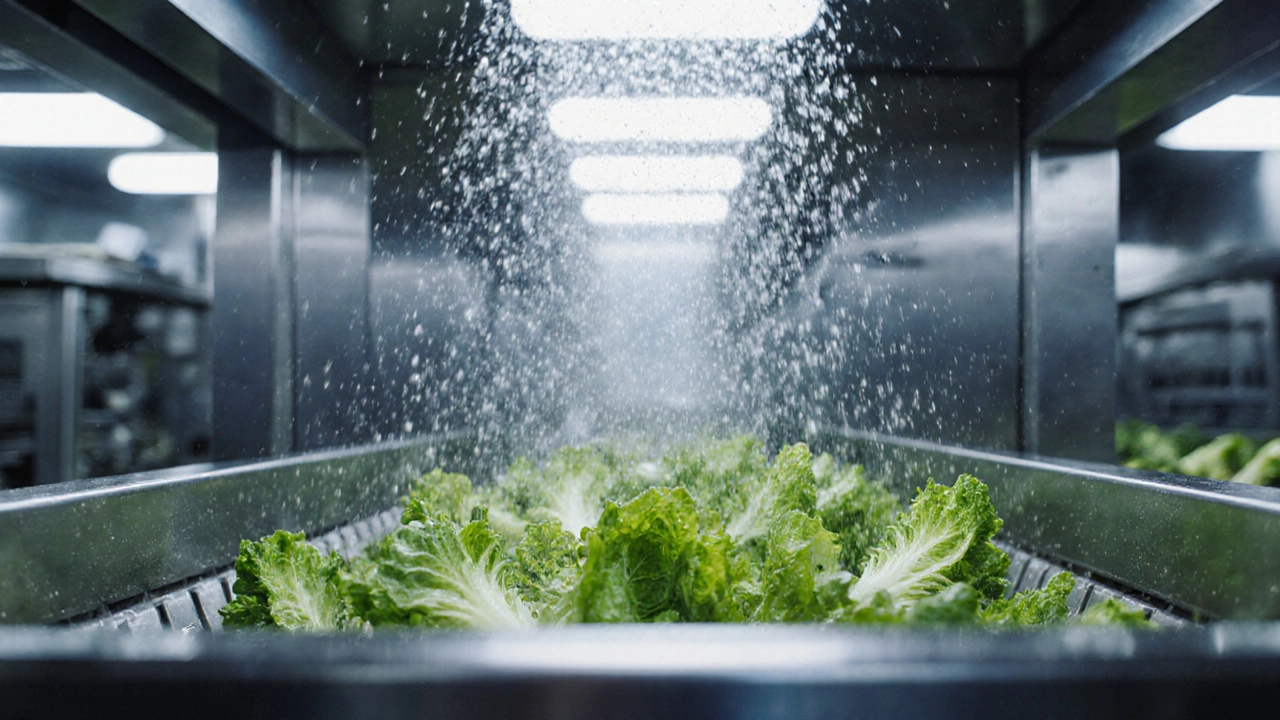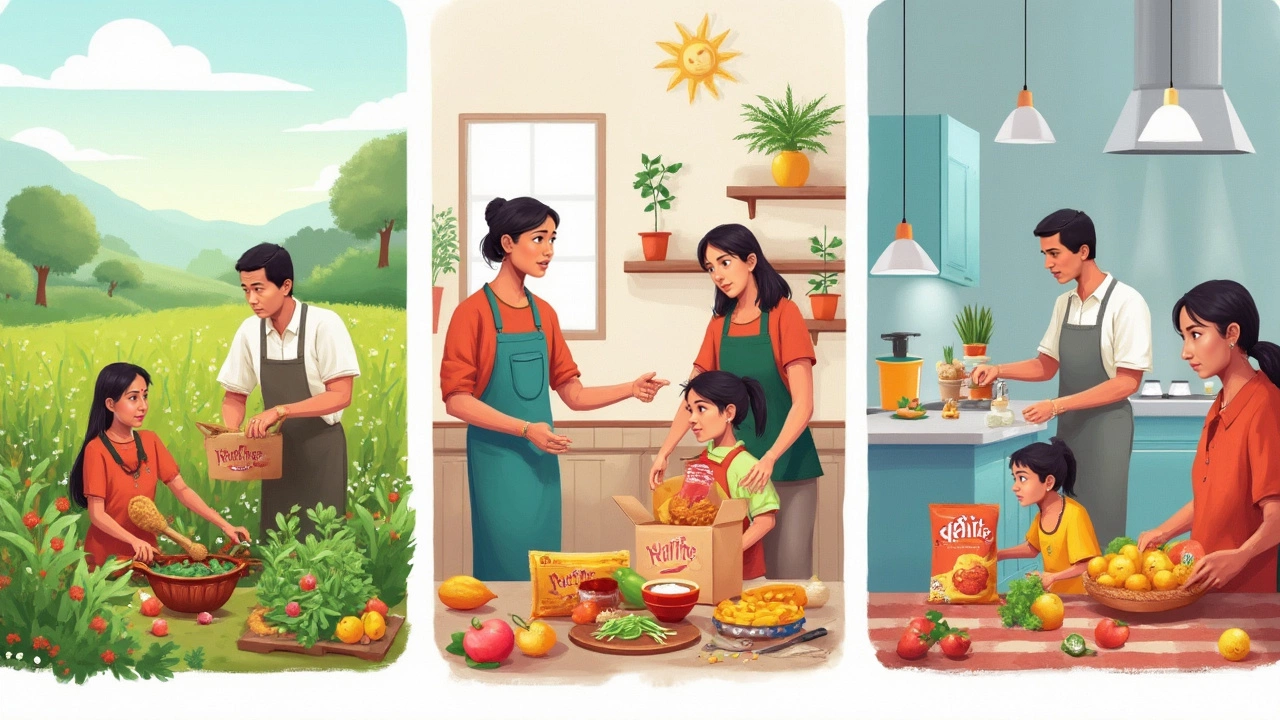Food Industry Insights – Trends, Processing, and Opportunities
If you’re curious about how food gets from farm to fork in India, you’ve landed in the right spot. The food industry isn’t just about cooking; it’s a massive manufacturing ecosystem that turns raw crops and meat into the packaged snacks and ready‑meals we grab every day. Below we break down the basics, point out what’s hot right now, and share a few practical tips for anyone wanting to tap into this booming sector.
What makes up the food industry?
At its core, the food industry includes three big blocks: farming, processing, and distribution. Processing units are the real workhorses – think of them as factories that wash, cut, blend, bake, or can ingredients. Our guide on Food Processing Units Explained walks you through the machines, safety rules, and tech that keep lines running smoothly. Whether it’s a small millet mill or a giant dairy plant, the same five‑M principles (Man, Machine, Material, Method, Measurement) apply.
Beyond the factory floor, packaging, cold‑chain logistics, and retail networks shape how the final product reaches consumers. Companies that master all three blocks can lower costs, reduce waste, and respond faster to market shifts.
Key trends driving growth in 2025
1. Health‑focused products – Consumers are swapping sugary snacks for high‑protein, probiotic, or plant‑based options. This creates a surge in demand for new ingredients and specialized processing lines.
2. Sustainable packaging – Biodegradable films and refill‑able containers are no longer niche. Factories that invest in eco‑friendly packaging gear are winning contracts from big retailers.
3. Automation and IoT – Smart sensors monitor temperature, humidity, and line speed in real time. Small‑scale units are adopting affordable PLC controllers, boosting efficiency without huge capital outlay.
4. Regional flavor profiles – Regional snacks like spicy mango pickles or millet biscuits are gaining national traction. Understanding local tastes helps manufacturers design products that travel well.
5. Export opportunities – India’s free trade agreements make it easier to ship processed foods abroad. Companies that meet global safety standards can tap lucrative overseas markets.
These trends line up with our research on the Most In‑Demand Products in 2025. Items such as ready‑to‑cook meals, functional beverages, and plant‑based meat alternatives top the charts, so aligning your production line with these categories can boost sales fast.
For anyone thinking of starting a food‑related venture, the first step is to map the value chain you want to join. Ask yourself: Do I have access to raw material sources? Can I secure a small processing unit or partner with an existing plant? What certifications (FSSAI, ISO 22000) do I need?
Once the basics are clear, sketch a cost‑benefit sheet. A typical small‑scale food unit in India may need INR 5‑10 lakhs for equipment, plus licensing fees and working capital. Our post on How Much Money Do You Really Need to Start a Small Scale Business in 2025? breaks down these numbers in plain terms.
Remember, success in the food industry isn’t just about a good recipe. It’s about consistent quality, regulatory compliance, and a supply chain that can keep up with demand spikes. Keep an eye on the latest consumer preferences, invest in low‑cost automation where possible, and stay transparent about sourcing – that’s the recipe for growth.
What Are the Unit Operations in Food Processing?
Explore the essential unit operations in food processing, from cleaning and sizing to pasteurization, drying, and packaging, with practical tips and a handy checklist.
Read MoreUnit Operations in Food Production: The Backbone of Food Processing
Unit operations are the step-by-step building blocks that transform raw ingredients into the food we eat daily. This article explains what these operations are, why they're important, and how they affect everything from shelf life to taste. You'll get simple explanations, real-world examples, and practical tips to understand and spot these operations next time you're in your kitchen. The focus is on helping you see how everyday foods go from field to plate through a series of well-organized actions. Perfect for anyone curious about how the food industry really works.
Read MoreThree Major Types of Food Processing: What Sets Them Apart?
This article breaks down the three major types of food processing and how they shape what lands on your plate. You'll get straight facts on how food moves from the farm to your kitchen through different processing stages. The article shares real-world examples you know and use daily, tips to spot processed foods, and why each step matters. It also covers some lesser-known impacts on quality, safety, and price. You'll walk away ready to choose what fits your needs best next time you shop.
Read More


